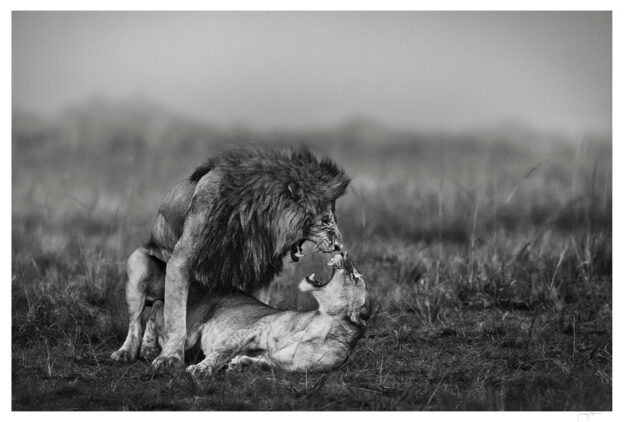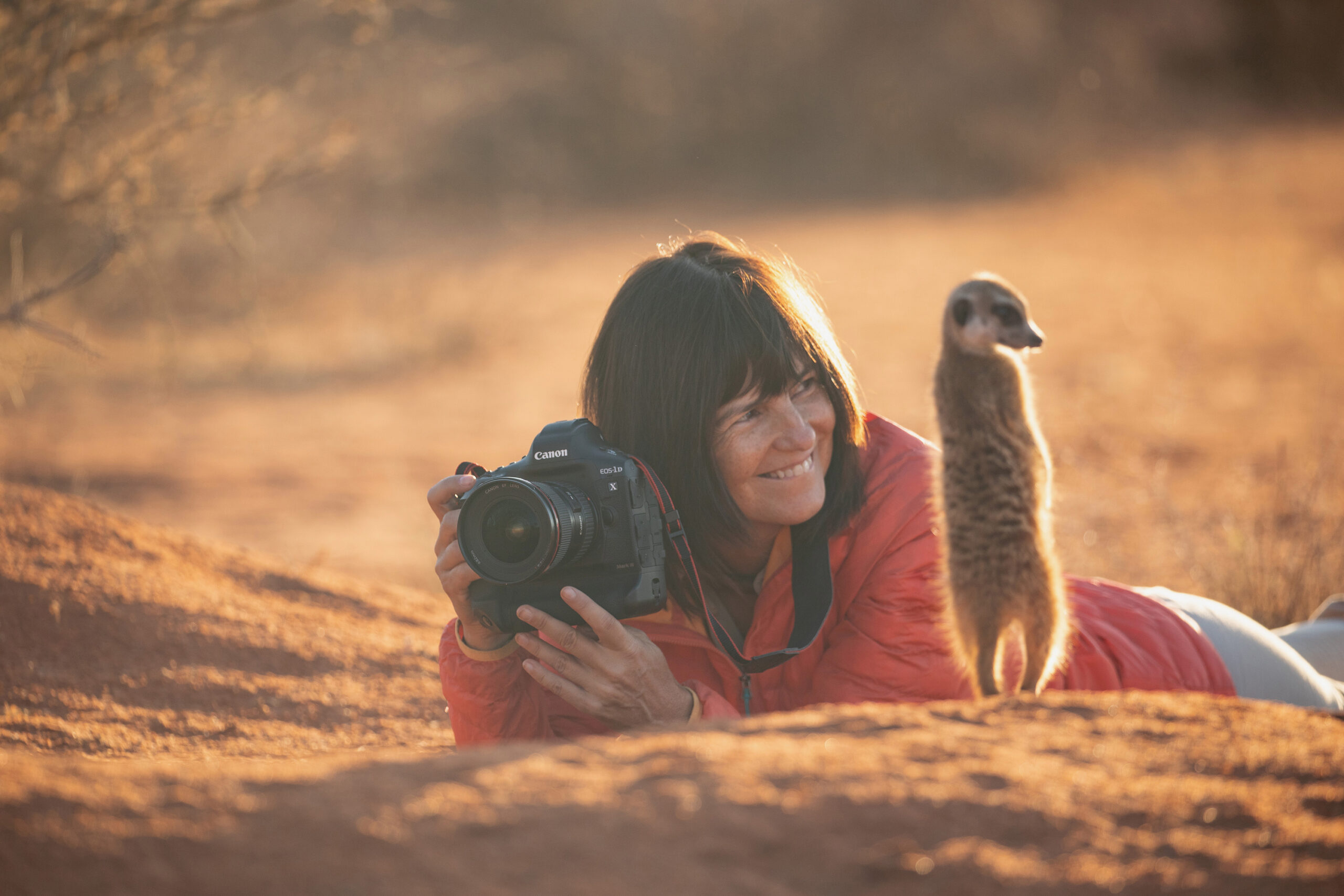
Marina Cano is a wildlife photographer well-versed in creating breathtaking narratives of the wild. Her monochromes especially stand out—featuring grit, texture, emotional depth, an element of warmth, exuding visual poetry. Her work has received acclaim from around the globe and she has been highly commended in the prestigious Wildlife Photographer of the Year awards as well as International Photography Awards. Asian Photography spoke to her about her journey, challenges, her signature style and creative vision and more. Excerpts:
How Did You Begin Photographing Wildlife?
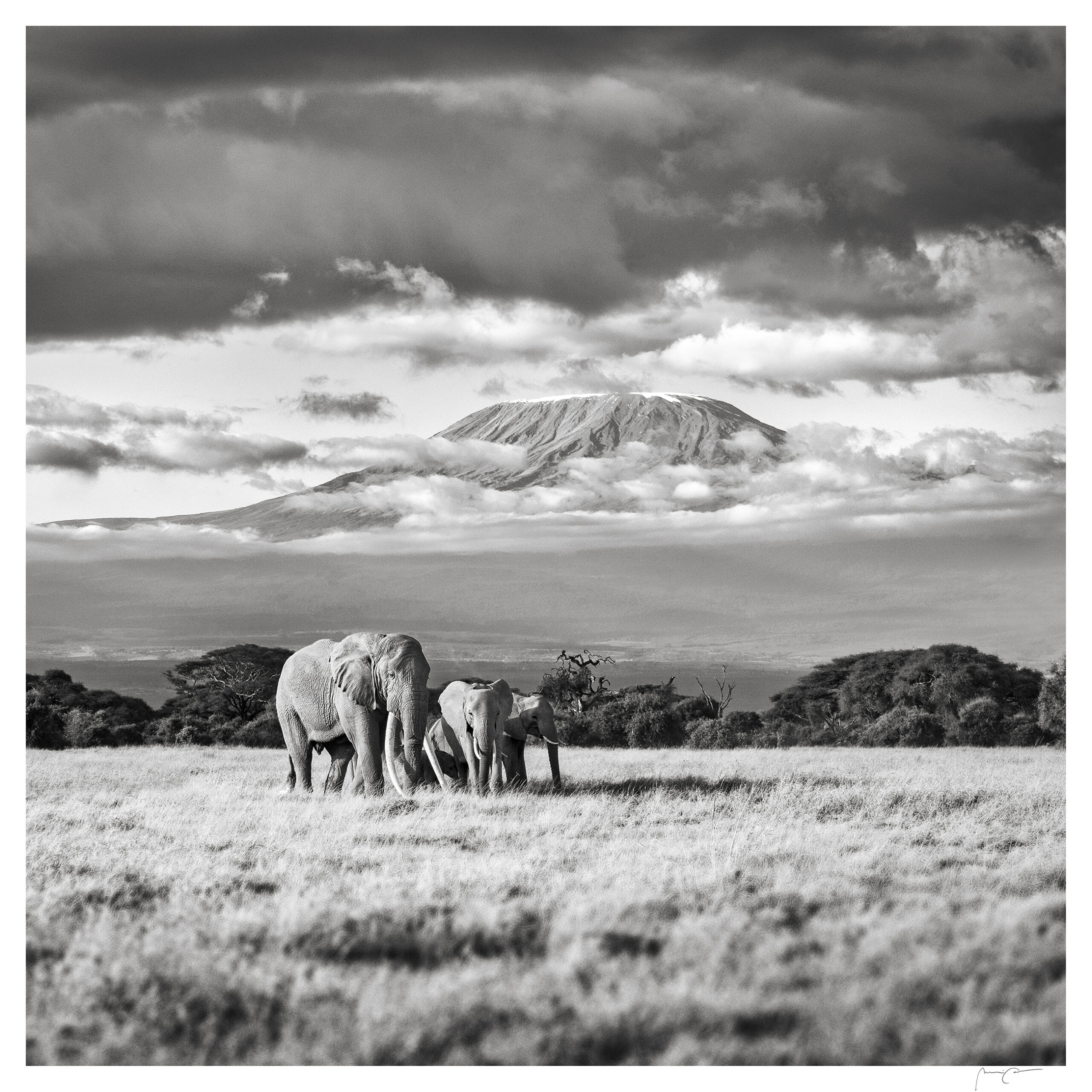
I began photographing wildlife almost naturally, following my father’s path, who was an amateur photographer. It was a way to connect my love for nature with my passion for photography. I’ve always felt a deep fascination for animals and wild places, and picking up a camera allowed me to express that connection in a creative way.
At the beginning, I spent a lot of time exploring nature close to home, observing animals and learning to be patient. Over time, my curiosity and desire to discover new landscapes and species took me further, especially to Africa, which became a turning point in my career.
What’s the most challenging environment you’ve shot in, and how did you manage it?
Honestly, the most challenging environment for me is when I’m sitting at my desk at home, not out in Africa or on another adventure.
But beyond that, the toughest situations have been those where I had only a single opportunity to capture the moment, whether it was photographing horses running or cheetahs hunting. I feel much more comfortable with intimate and calm scenes than with high-action shots.
Another adrenaline time was shooting with Craig, one of the last big tuskers in the world, in Amboseli, Kenya. To be close to such a gentle giant is a huge privilege and one of the times where my heart beats faster.
Another challenging experience in Patagonia, photographing pumas in the “end of the world” winds was another extreme: pressing the shutter with numb fingers while the icy gusts hit my face. But the result was worth it.
How do you achieve the level of intimacy with your subjects?
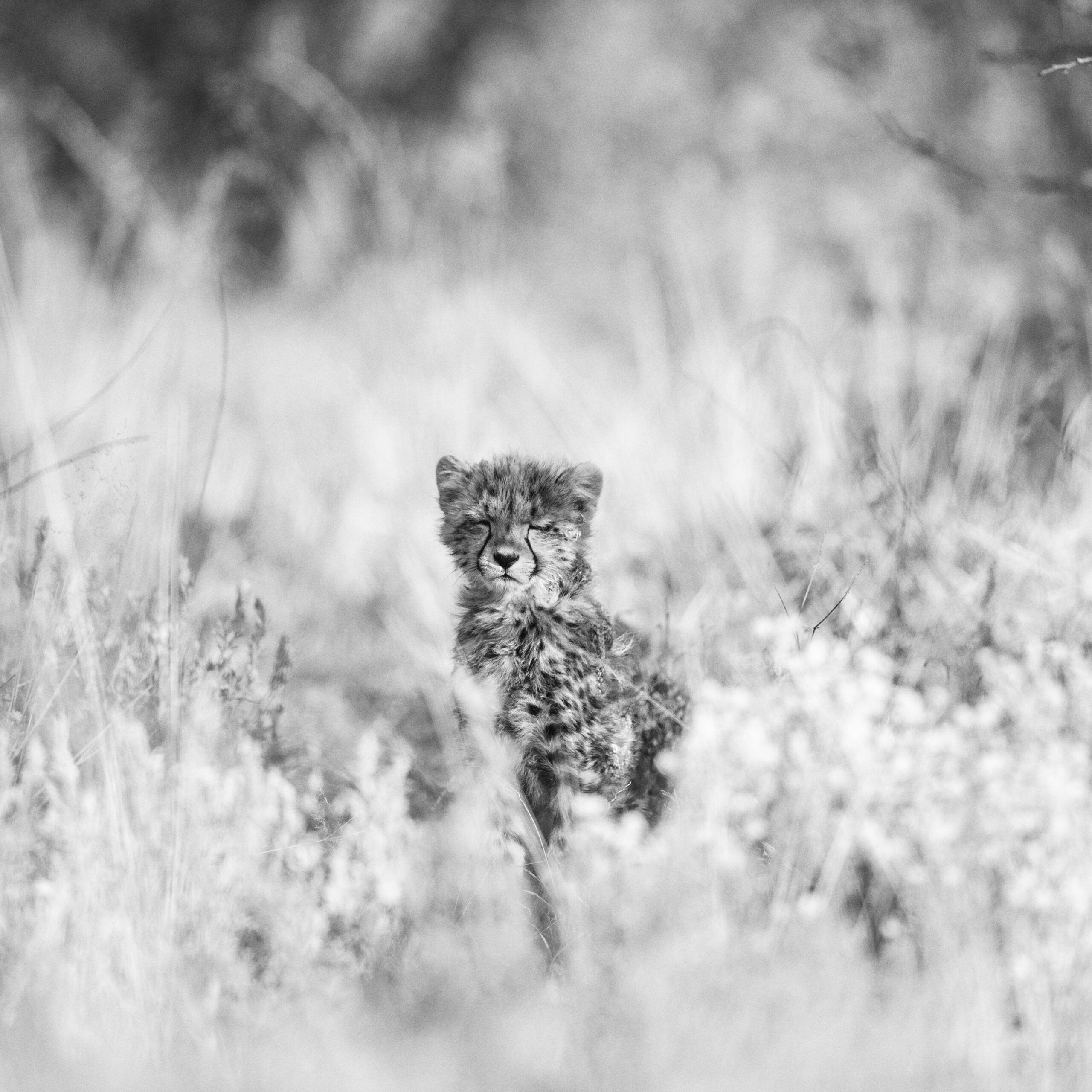
I think this comes from my background in art studies. I’ve always been fascinated by Baroque painters, the dramatic lighting, the foreshortening, the intense atmosphere.
That particular ambience captures my attention, and I try to replicate that same drama and intimacy in the scenes I photograph, like animals playing, fighting, or the tender moments between mothers and cubs. I always try to work with that special light that enhances the full emotion I see.
How do you practise patience in the field?
This question assumes a sense of impatience, but that simply isn’t the case for me. When I’m in the bush, I’m in a state of complete happiness, fully immersed in nature, waiting for the magic to happen, and appreciating every second.
When your motivation is passion and love for wildlife, everything that nature offers feels like a gift. And if things don’t unfold as expected, I simply trust that another opportunity will come tomorrow or in the future.
There’s an element of softness and warmth in your images, how do you achieve that? Is it your signature style?
Yes, I would say that softness and warmth have naturally become part of my signature style. It comes from a combination of artistic intention and emotional connection with my subjects.
My background in art has always influenced the way I see light. I’m particularly drawn to soft, golden light because it creates a gentle painterly atmosphere.
I also try to approach wildlife with respect and closeness, allowing intimate moments to unfold without intrusion (and that is also thanks to my 600mm lens). That emotional bond often translates into the final image, giving it tenderness.
My goal has always been to go beyond documentary shots—I want each photograph to feel like a timeless portrait, full of poetry.
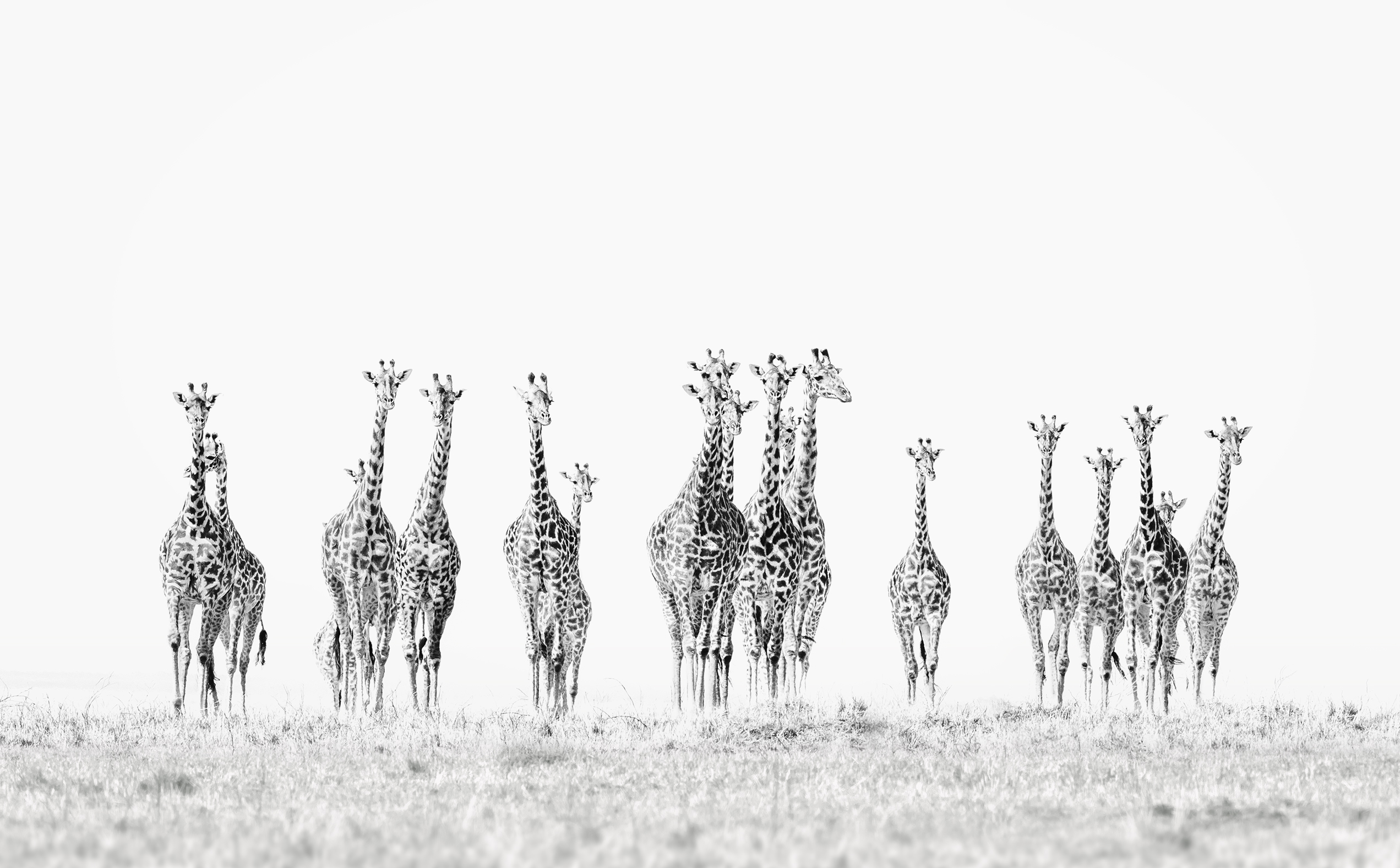
How do you keep your creative vision fresh after working in the field for years?
I collaborate with people from all around the world who constantly inspire me, through their talent, their personalities, and the unique places they come from. Every journey offers new experiences: the landscapes, the food, the culture… all of it feeds my creativity.
I’m always learning, staying open to different influences. Travel, art, people, and, above all, nature itself are endless sources of inspiration for me. Nature is never the same twice, the light, the seasons, the behaviour of animals. Everything changes constantly, and that keeps my vision alive and evolving.
I also challenge myself to experiment with new techniques and perspectives. Sometimes it’s as simple as changing the way I observe a familiar place, or with new assignments that allow me to see things differently. That sense of curiosity is what keeps my work fresh, even after many years in the field.
What’s the one thing you’d do differently if you started over today, one advice for beginners?
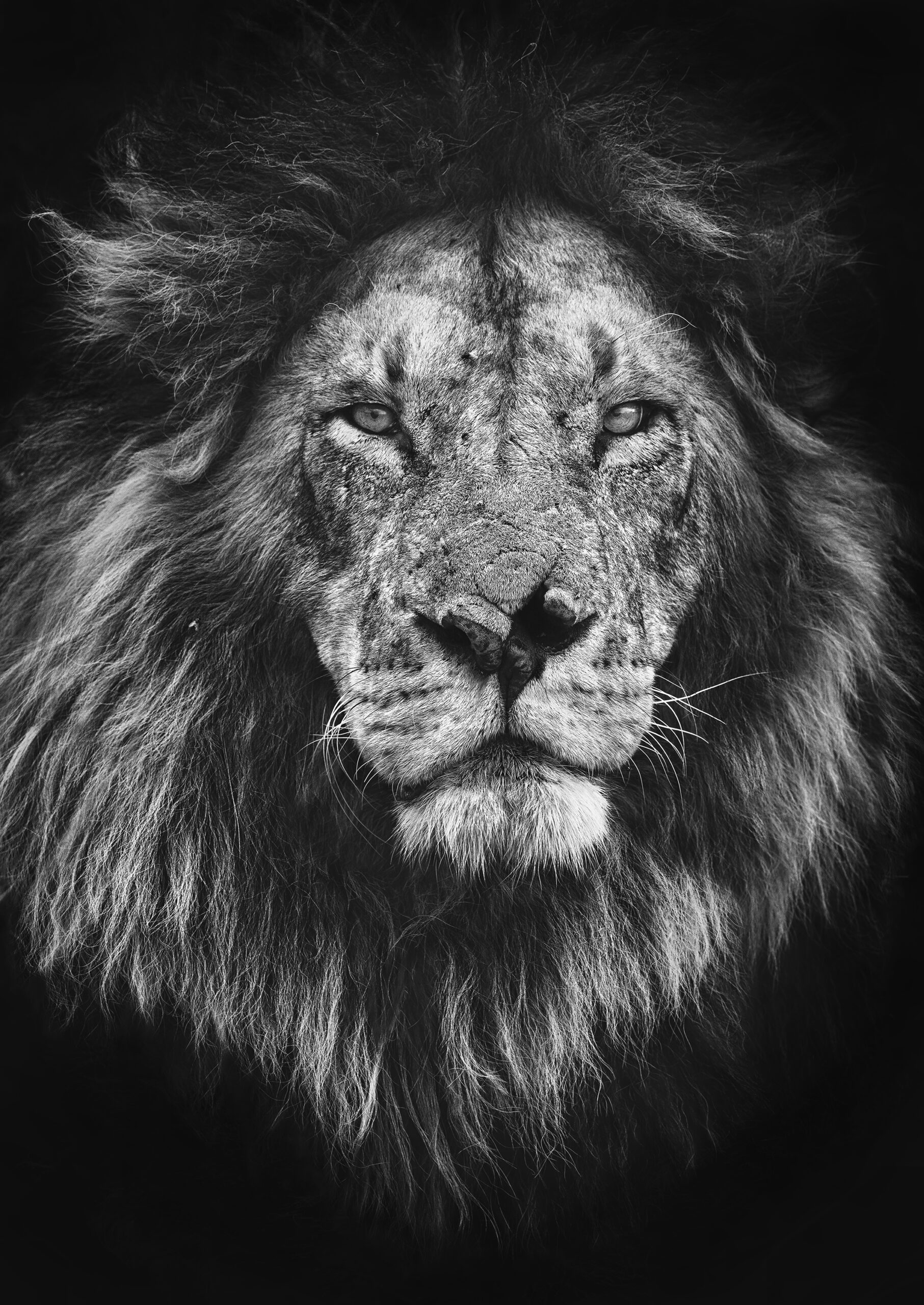
I could start over, I would learn to trust my own work earlier. I would remind myself to work hard, stay focused, and, yes this time to be patient. Things don’t happen overnight, growth in photography, like in nature, takes time.
My advice to beginners is to believe deeply in your vision and follow your passion with persistence. If there’s true passion, nothing can stop you. No matter the challenges you face, you’ll always find the strength to keep going.
Also, don’t rush to compare yourself with others. Everyone has their own path, their own rhythm, and their unique way of seeing the world. Embrace that individuality, it’s what will make your work stand out.

